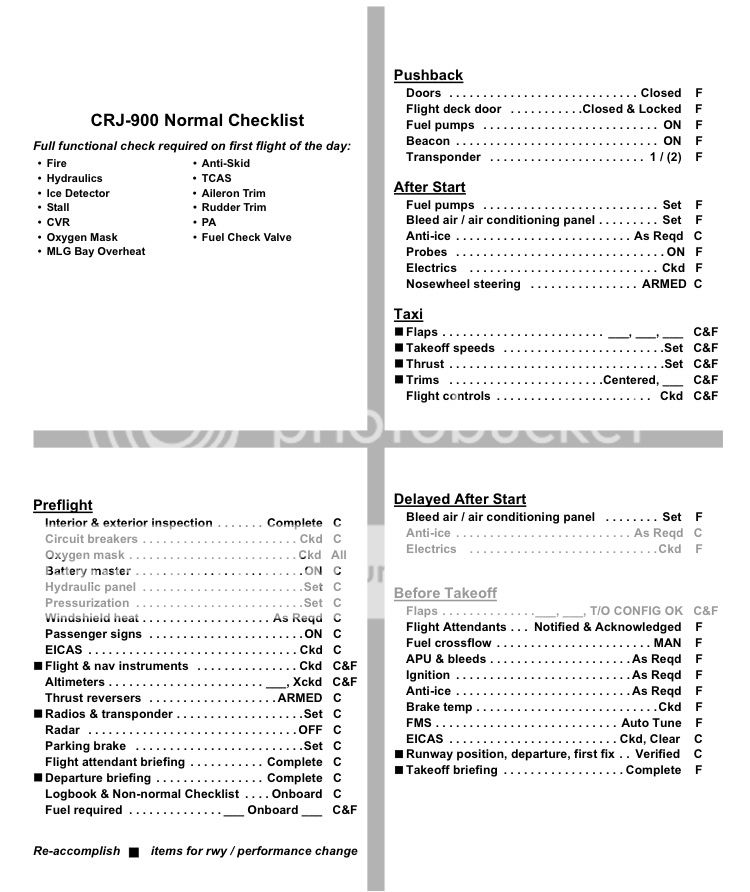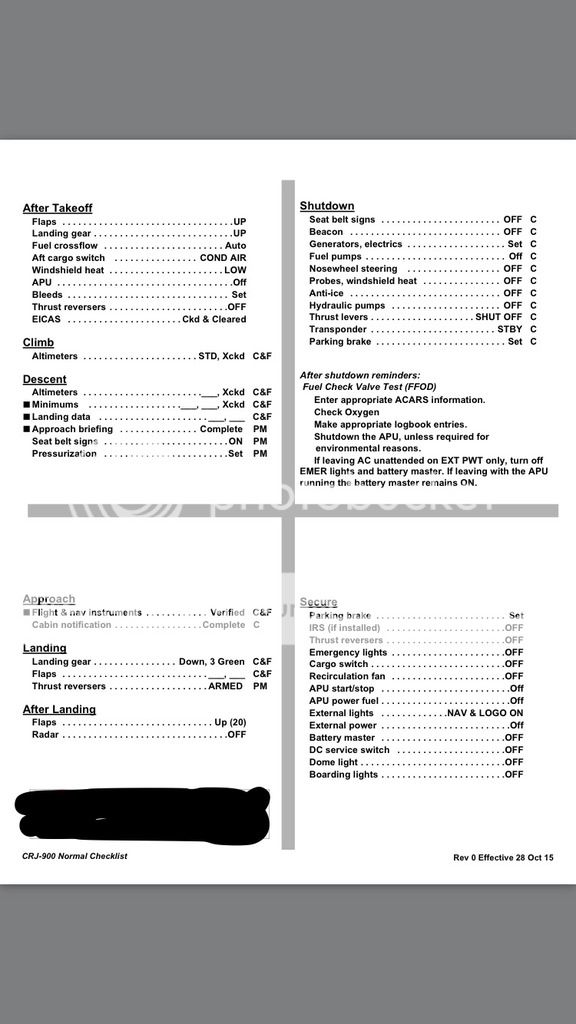That's one of the many "clutter items" I see on checklists, usually the ones provided by flight schools and FBOs that I think leads to lack of use. Another big clutter item is the local frequencies. Personally, I don't even like IFR approach briefing checklists on mine. But that's just me.
They are probably fine as a training device. And, if a particular pilot wants to add something non-traditional because she thinks it would be helpful to her, that's fine whether I would add it or not.
But I do think clutter makes checklists more difficult to use in flight which, in turn, makes them less likely to be used in flight.
One possible solution is to move clutter to a separate page. Before my iPad days, I had a quick reference list of the airports I flew to most, with frequencies, pattern information. And while it was bound together with my checklists, it was separate.
I still use that system, though not for frequencies. I fly a bunch of different types and giving instruction takes me into a few more. Not only are the airplanes different, but even similar ones have different avionics and other systems. I can't mentally keep track of how to engage the FIKI system in airplane A, the EDM fuel flow an B, the CGR in C and the variations in autopilot configurations in even more. But I don't want my need for preflight or in-flight refreshment on a particular system to interfere with my basic checklist items. And I don't want my basic checklist items to interfere with the refresher. So they go on separate pages.


